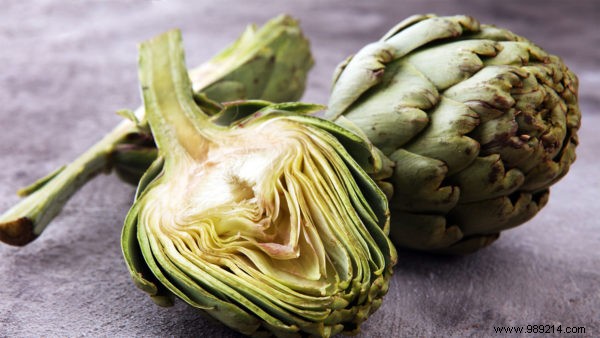
These winter vegetables will keep you healthy and fit during the cold days.
Eating according to the season is not only tasty, it is also good for the environment and for your wallet. Vegetables that are in season are often cheaper, because the supply is greater. Which winter vegetables do you prefer to eat? These are some of our favourites.
The pluses: Artichoke is full of vitamin C and this ensures a good resistance. In addition, magnesium strengthens your memory and concentration. In addition, the vegetables are full of fiber, which makes you feel full.
How to prepare it: Fill an artichoke with a shrimp or egg salad or bake it whole in the oven. Artichoke is also delicious with pasta, ham and bechamel sauce.
The pluses: this winter vegetable contains a lot of vitamin C, vitamin A and folate, the latter vitamin is important for cell division and tissue formation.
How to prepare it: pak choi is delicious with chicken, coconut chips and rice or make it into a stew with garlic and onion.
The pluses: with a large amount of vitamin C, vitamin A and iron – which is important for the transport of oxygen in your blood – watercress is extremely healthy.
How to prepare it: mix watercress into a salad or use as a garnish on a salmon and cream cheese sandwich.
The pluses: perhaps this is definitely the winter vegetable. It is full of vitamins, minerals, fiber and antioxidants. A seventy gram portion of kale already contains the daily recommended amount of vitamins A, C and K.
How to prepare it: stir-fry kale with an onion and possibly pieces of chorizo. Or make a pasta sauce with kale.
The pluses: parsnips get sweeter when it gets colder and that makes the parsnips extra tasty in winter. It contains a lot of vitamins B, C and E. Potassium and magnesium are also nutrients in parsnips.
How to prepare it: make parsnip soup. Fry an onion and garlic, then add pieces of parsnip and fry briefly. Pour in stock, add cream, purée and season with salt, pepper and herbs.